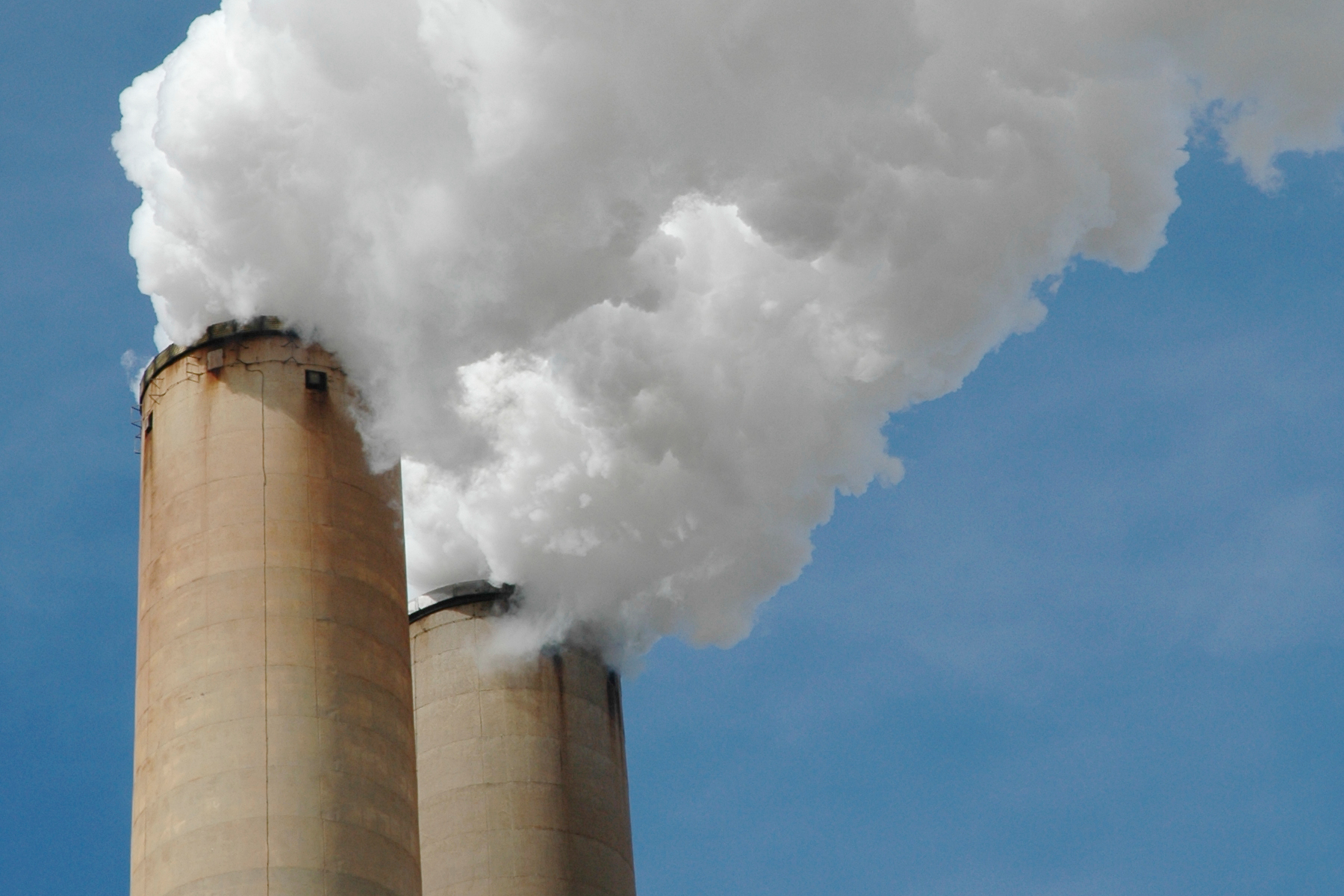Innovative Materials and Processes for Advanced Carbon Capture Technologies

Program Description:
Innovation Need:
Coal-fired power plants provide nearly 50% of all electricity in the U.S. Without implementing carbon capture technology, the projected increase in CO2 in the atmosphere could have serious consequences for the Earth’s ecosystem. Developing new materials and processes to capture CO2 released by coal-fired power plants would minimize harm to the environment while maintaining our ability to utilize coal—a cheap, abundant, and domestic natural resource that holds a significant place in our national energy portfolio. Numerous challenges remain surrounding carbon capture technology despite the past decade of intensive research and development. Chief among these challenges is the unacceptably high cost of capture. Creating new materials developed specifically for capturing CO2 while developing more cost-effective and energy-efficient processes would enable widespread implementation of carbon capture systems, improve our environment, and position the U.S. as a leader in this growing global industry.
Potential Impact:
If successful, IMPACCT’s contribution to the development of cost-effective carbon capture technology would reduce harmful greenhouse gas emissions while allowing for the continued use of low-cost and abundant domestic coal reserves.
Security:
Coal will continue to provide most of the electricity in the U.S. for the foreseeable future. Enabling the continued use of abundant, domestic resources will promote a safe, reliable, and consistent electric grid as the renewable energy industry develops.
Environment:
More than 30% of yearly greenhouse gas emissions in the U.S. come from coal plants. Supporting technologies that reduce emissions could prevent more than 800 million tons of CO2 from being released into the atmosphere.
Economy:
Technology advancements from the IMPACCT program could enable cost-effective carbon capture systems and accelerate the adoption of this technology at existing power plants.
Contact
Project Listing
• Codexis - Better Enzymes for Carbon Capture
• Columbia University - Chemically Accelerated Carbon Mineralization
• General Electric (GE) Global Research - CO2 Capture with Liquid-to-Solid Absorbents
• Georgia Tech Research Corporation - Composite Membranes for CO2 Capture
• Lawrence Livermore National Laboratory (LLNL) - Synthetic Catalysts for CO2 Storage
• Massachusetts Institute of Technology (MIT) - CO2 Capture Using Electrical Energy
• Oak Ridge National Laboratory (ORNL) - High Surface-Area CO2 Sponge
• Research Triangle Institute (RTI) - CO2 Capture and Regeneration at Low Temperatures
• Sustainable Energy Solutions (SES) - Capturing CO2 from Exhaust Gas
• Texas A&M University - Stimuli-Responsive Metal Organic Frameworks
• University of California, Berkeley (UC Berkeley) - Metal Organic Framework Research
• University of Colorado, Boulder (CU-Boulder) - Gelled Ionic Liquid-Based Membranes
• University of Kentucky - Hybrid Solvent-Membrane CO2 Capture
• University of Notre Dame - Phase-Changing Ionic Liquids
